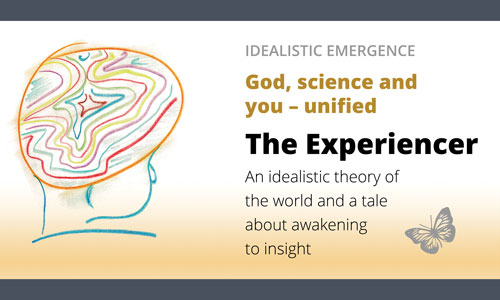The complexity mechanisms can show how changes and interactions happen once we have a dynamic system with an incredible amount of components. But it does not explain why all these components arose, whether it is matter, mental conceptions, pure abstractions such as language, ethics and mathematics – or consciousness itself.
Our mechanism needs another property, namely that it can create things.
How?
The answer is through emergence.
The world is a huge, complex system where everything is constantly changing.
That witch experiences must constantly try to understand what is happening; otherwise, we could not function, much less experience that we exist.
When we experience something, we automatically need to examine it. Is it something known or something new? Is it something dangerous that we should flee from or something attractive that we should seek (eat or be eaten)? Is it ok to just put into context and leave it at that, or is a redefinition of something known required?
These are just examples. We can handle new experiences in countless ways. We interpret new experiences, give them an explanation, and create new ideas about what things are.
Most of this process takes place unconsciously, which is well described by perhaps the most materialistic philosopher of all today (in my opinion),
Daniel Dennett.
He has introduced the term «multiple drafts», which means that we subconsciously grind myriads of impressions and test hypotheses about what is the correct interpretation.
We «draft» until clarity.
Is it getting too abstract?
Ok, I'll give you two examples.
- Speech becomes something more: The Anglo-American psychologist Diana Deutsch has shown that if you listen to a sound clip with speech and this is repeated many times, you will suddenly give it a new interpretation in your mind, which later is impossible to forget. Listen to this audio clip.
- A picture turns out to be something else: This video shows a picture of the famous scientist Nikola Tesla. It turns out to be formed by something you did not expect to see. The point is that the «image of Tesla» could have been made of anything. As long as your mind has concluded that the motif shows Mr Tesla, it is impossible to change this perception, even if it turns out to be an optical illusion. The face is a higher emergent interpretation of something else.
We will keep coming back to the phenomenon of emergence, but for the moment, we have to stay on the main track.
Right now, we can say that the mechanism we are looking for has two main elements, complexity dynamics and emergence.
Only one thing is missing. What is it that powers it all? What is the fuel in the emergence engine?
